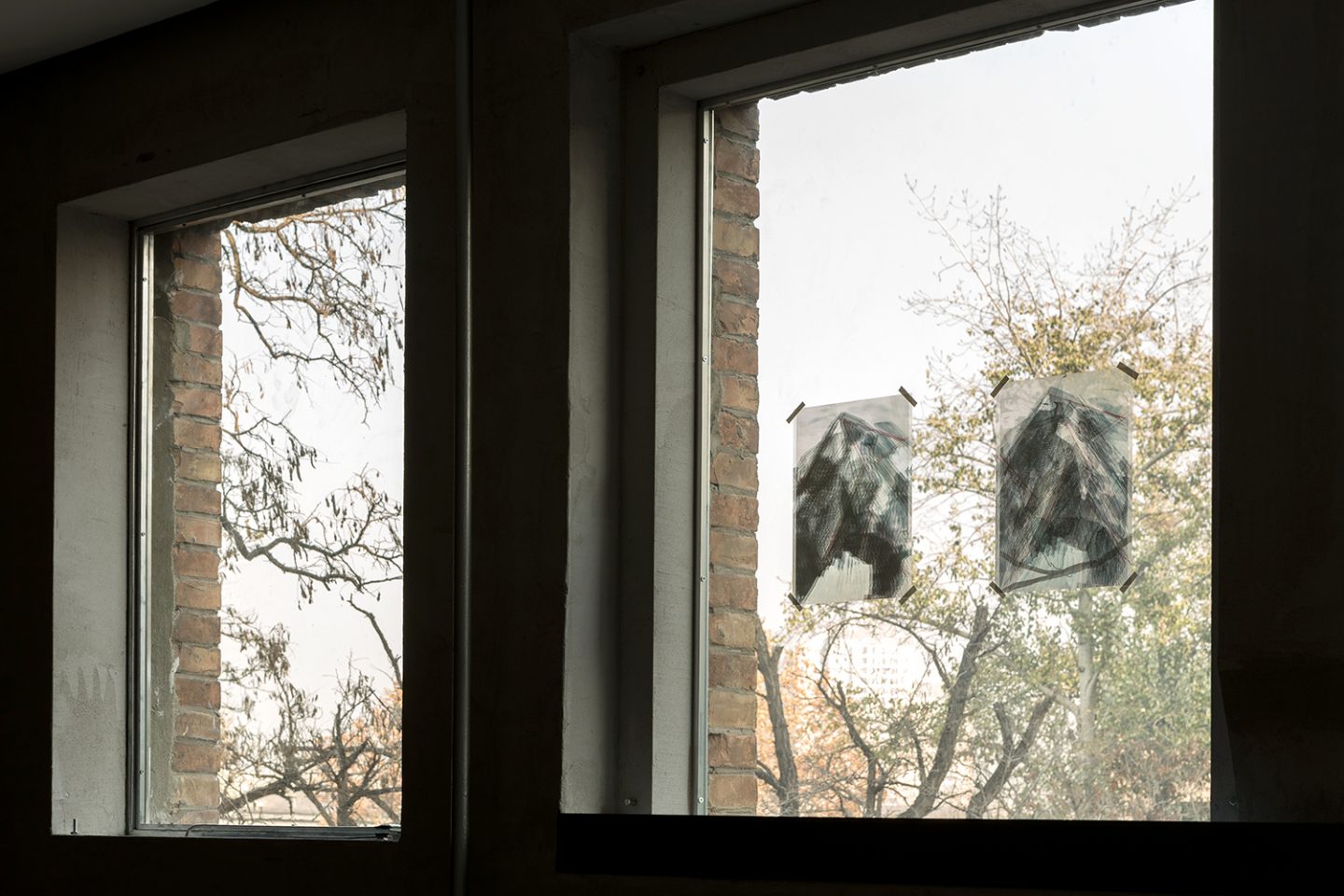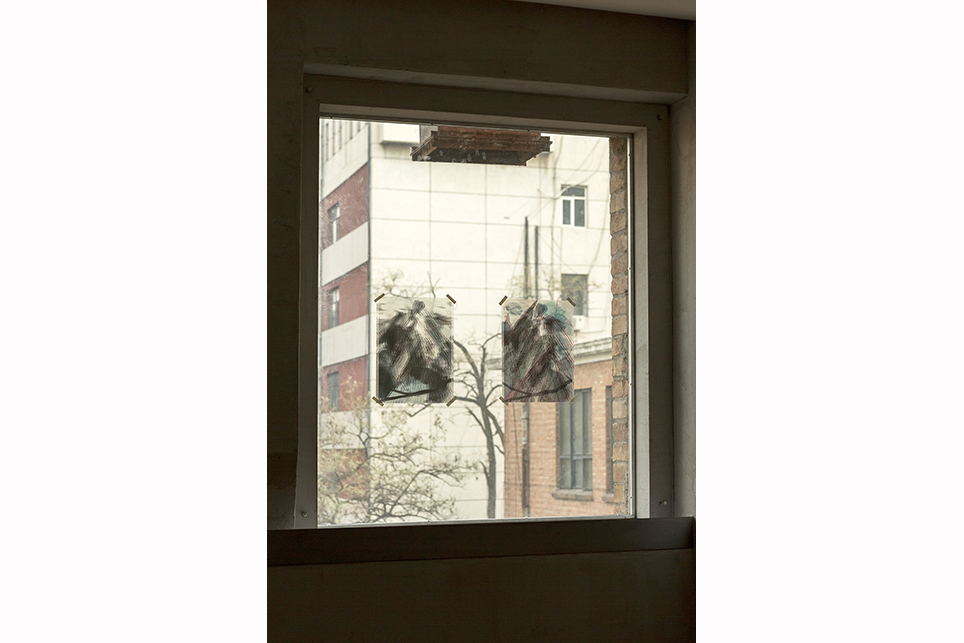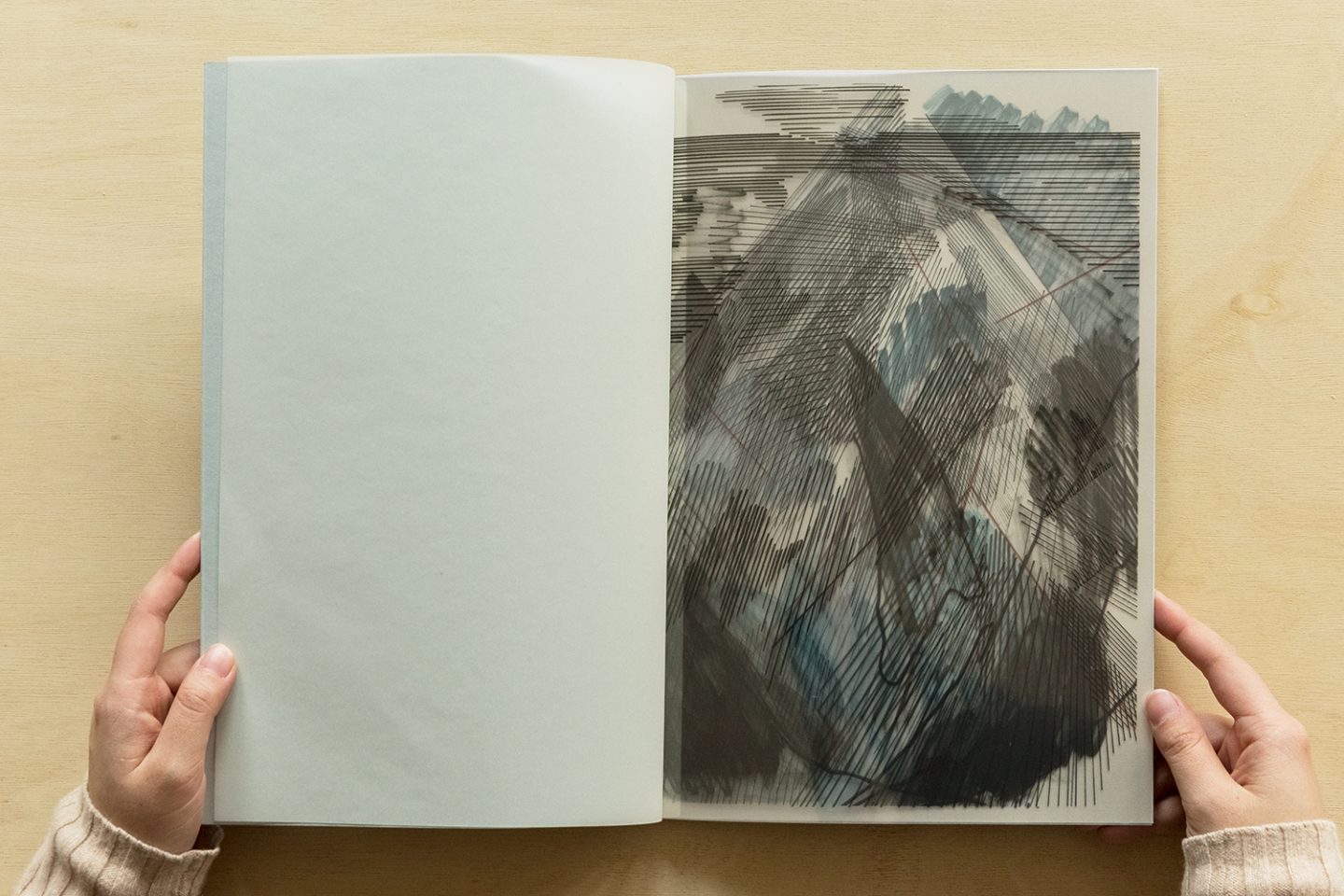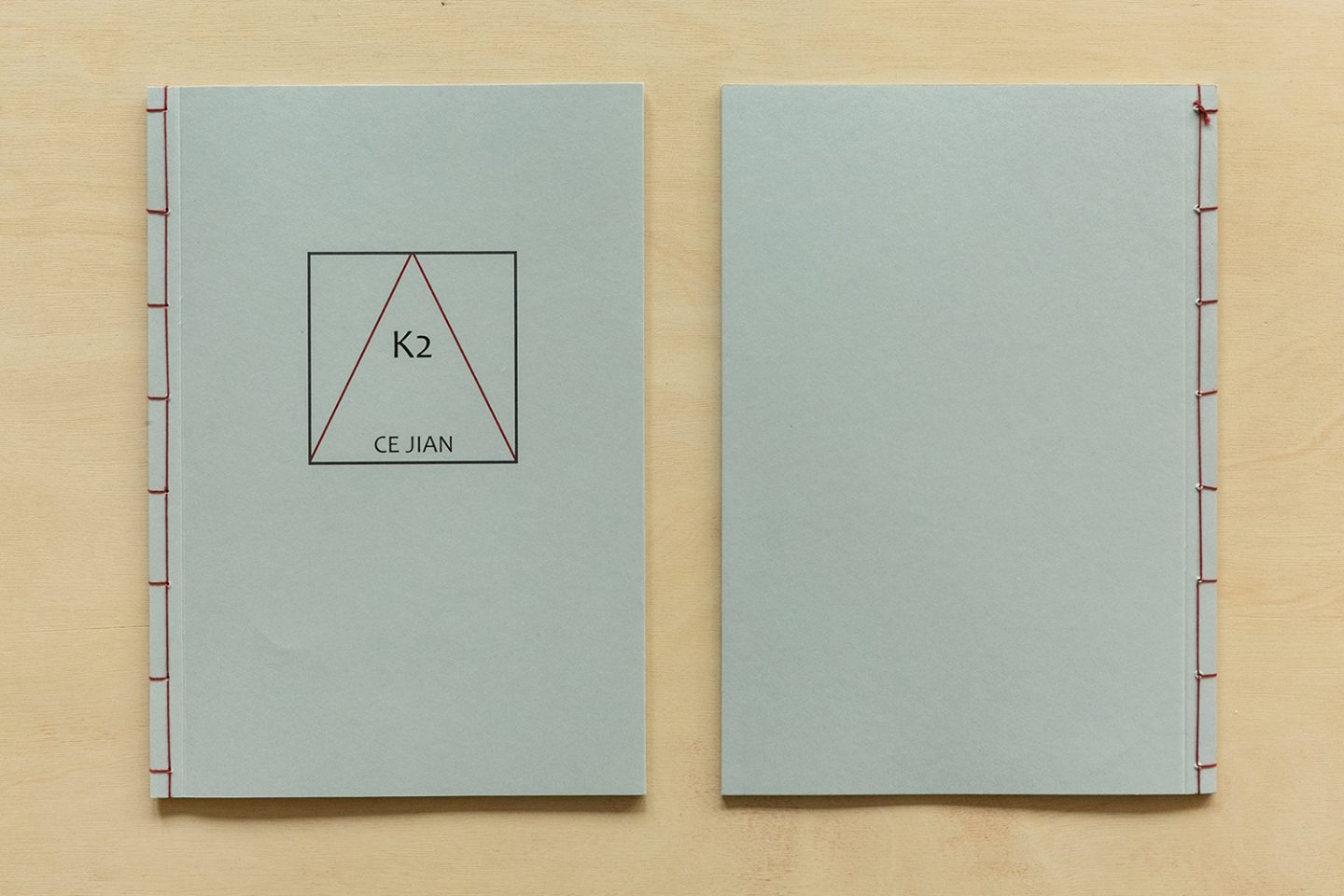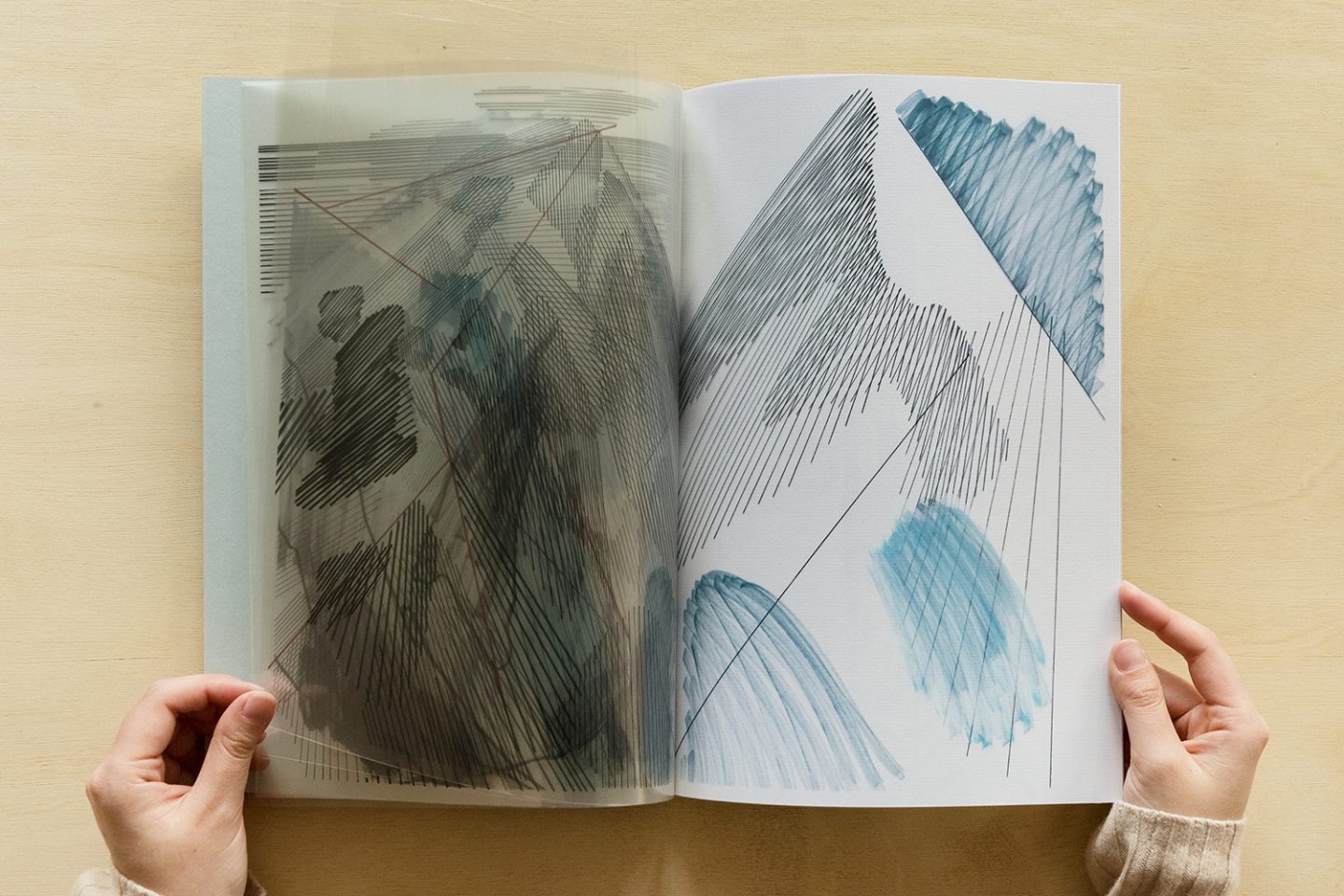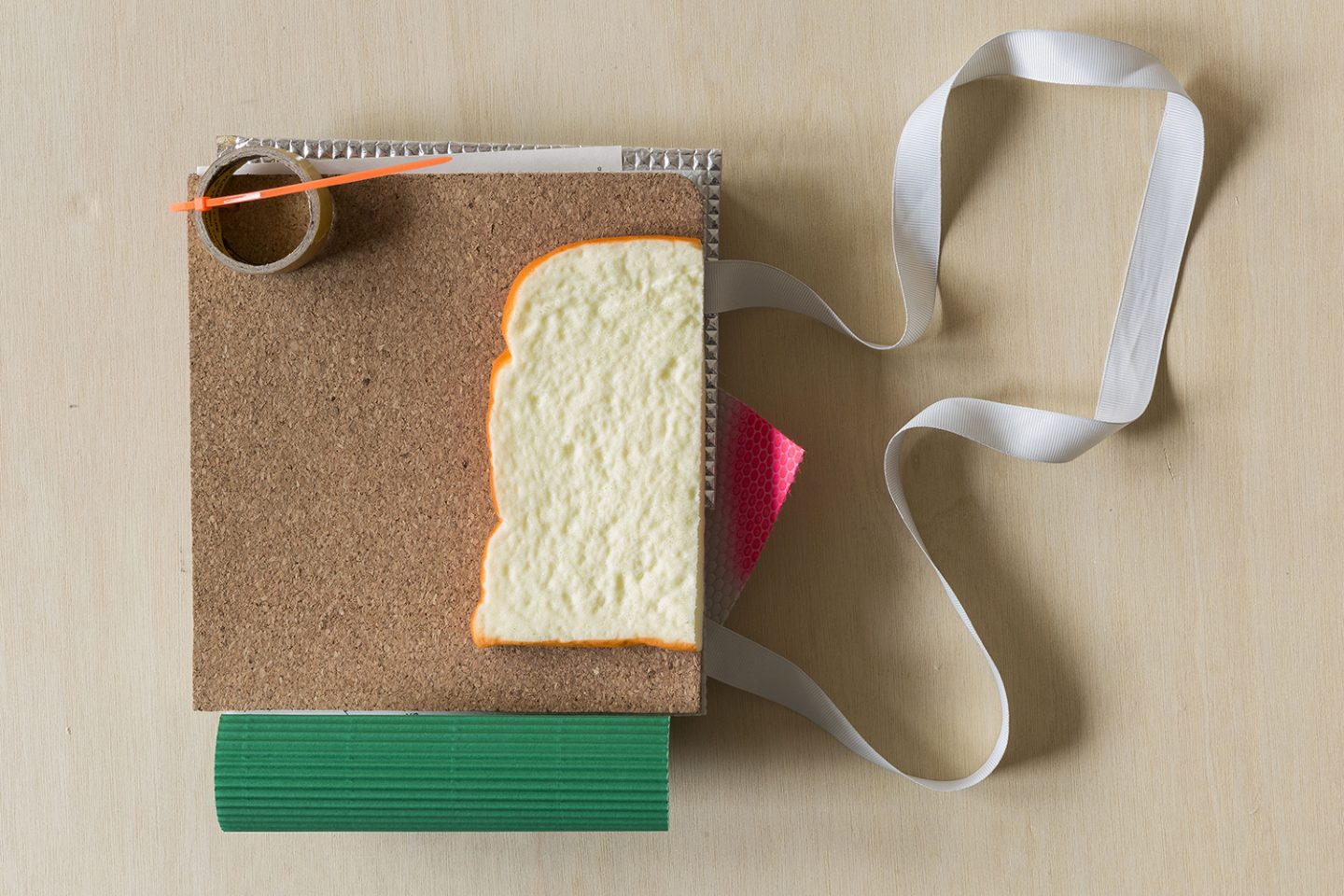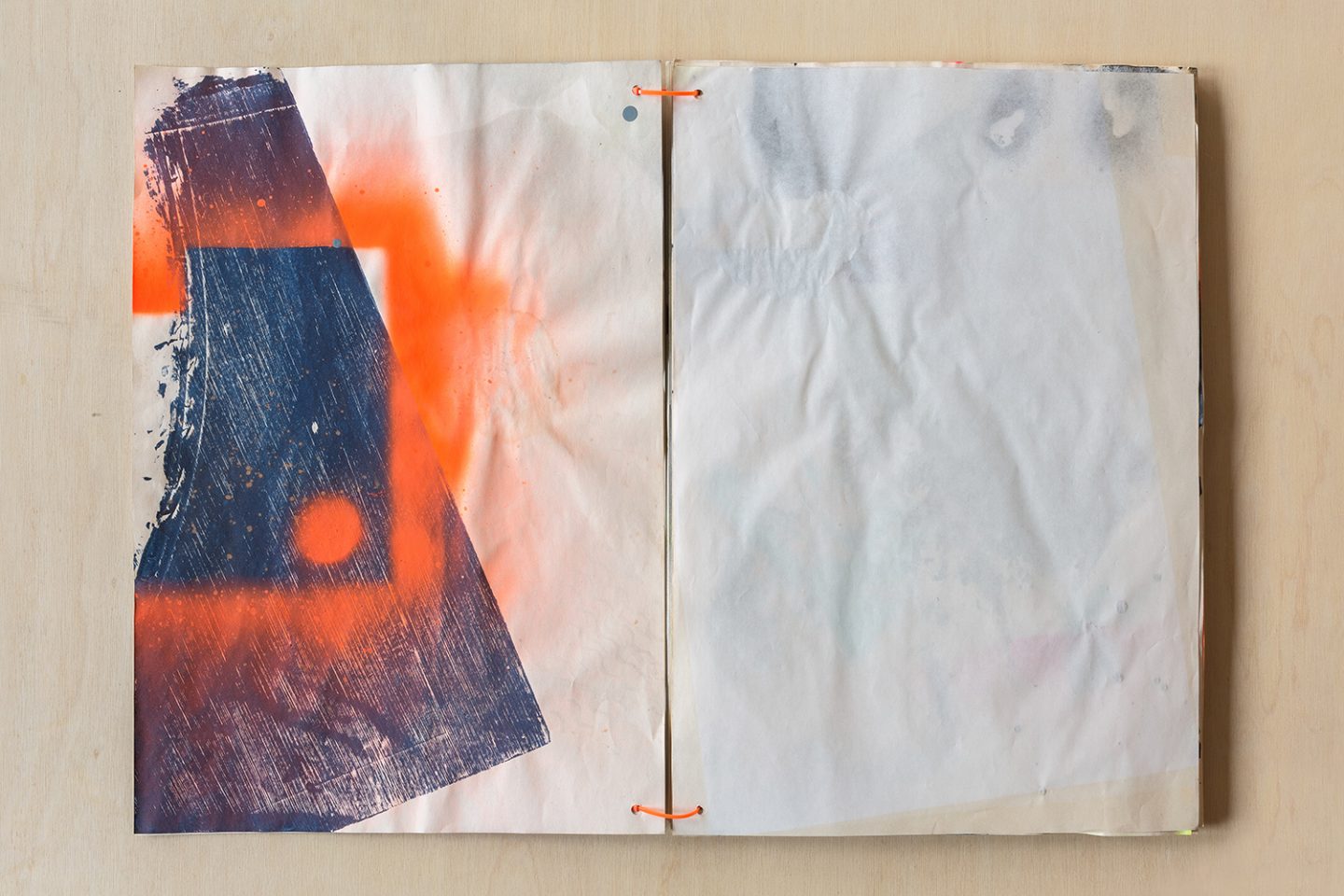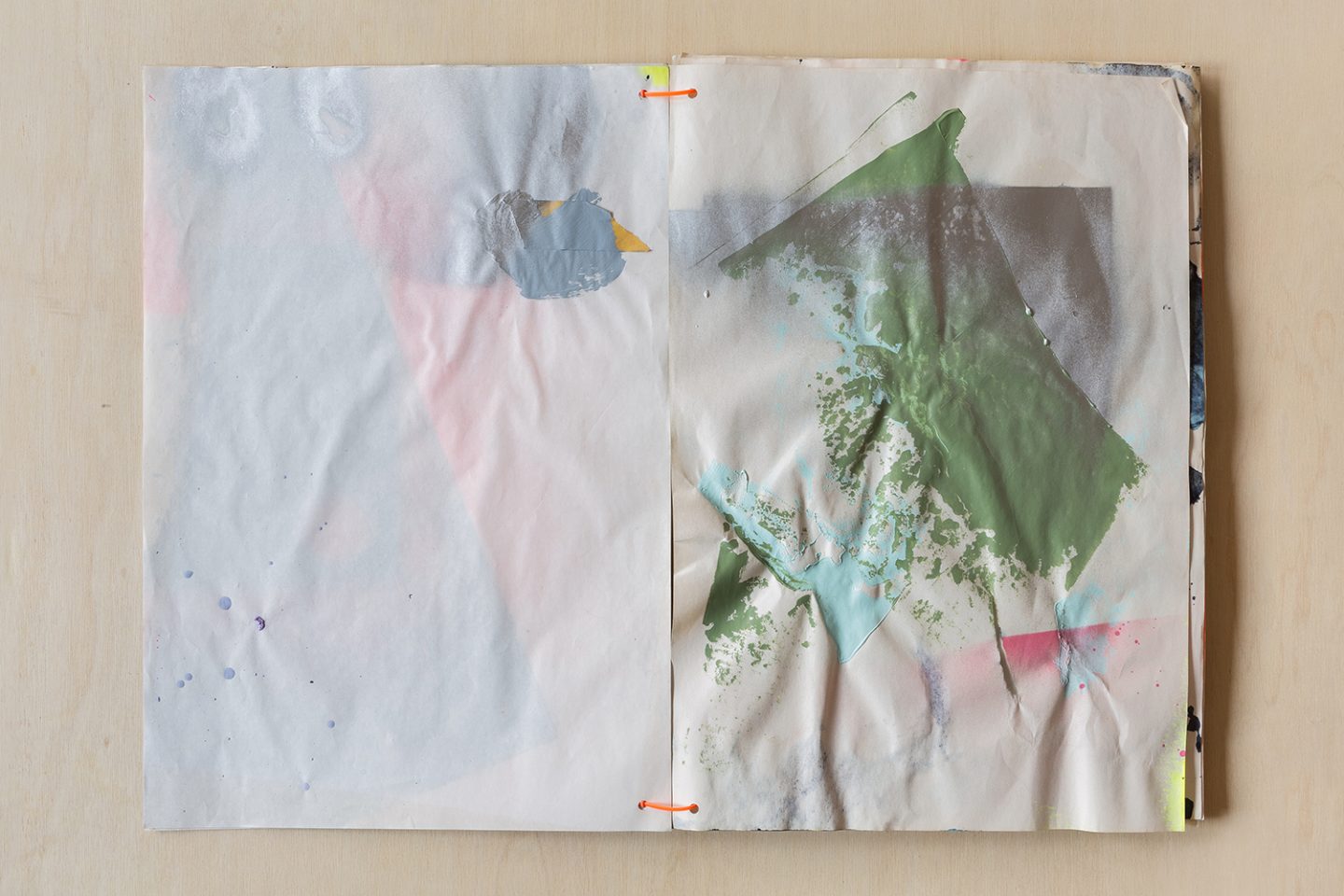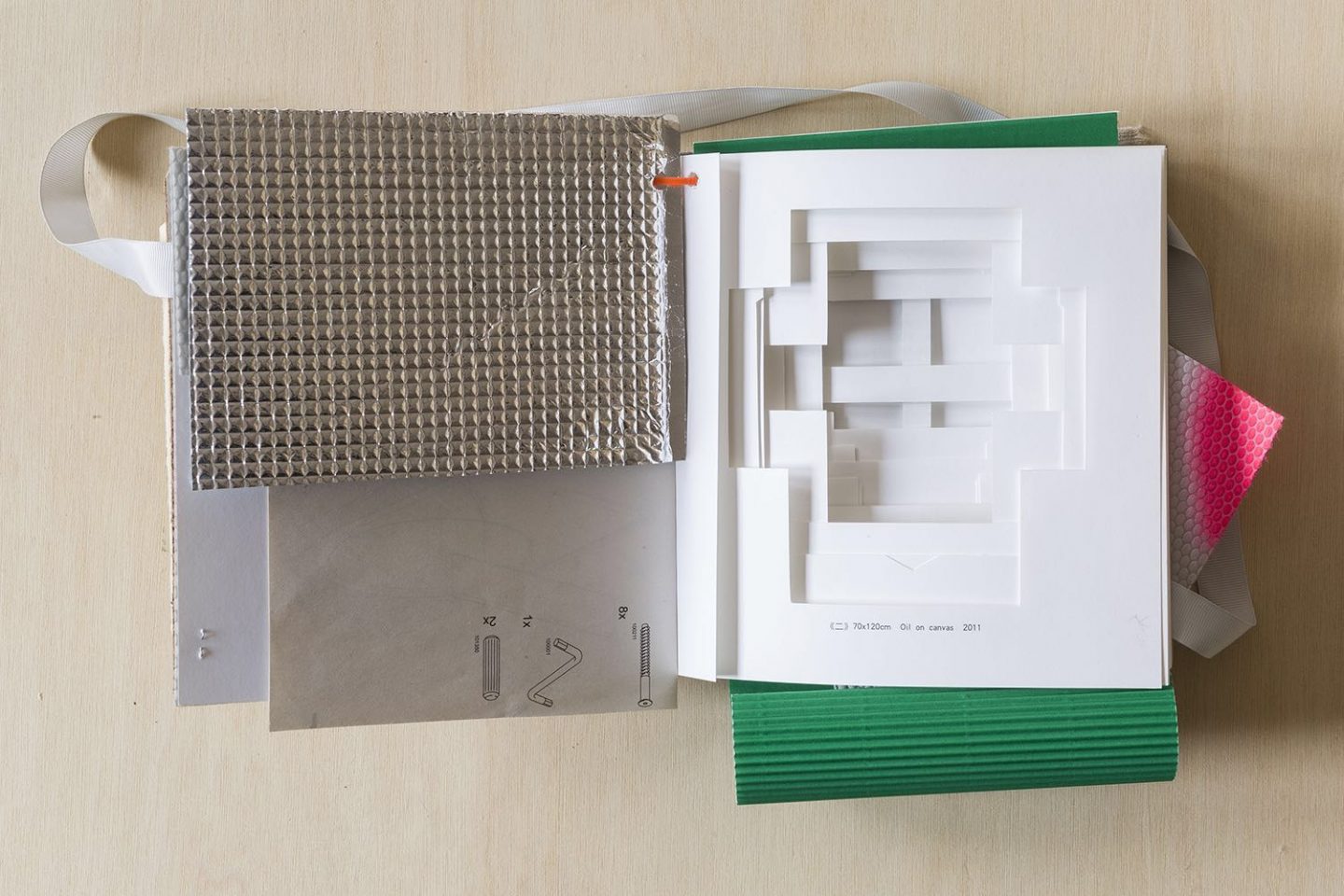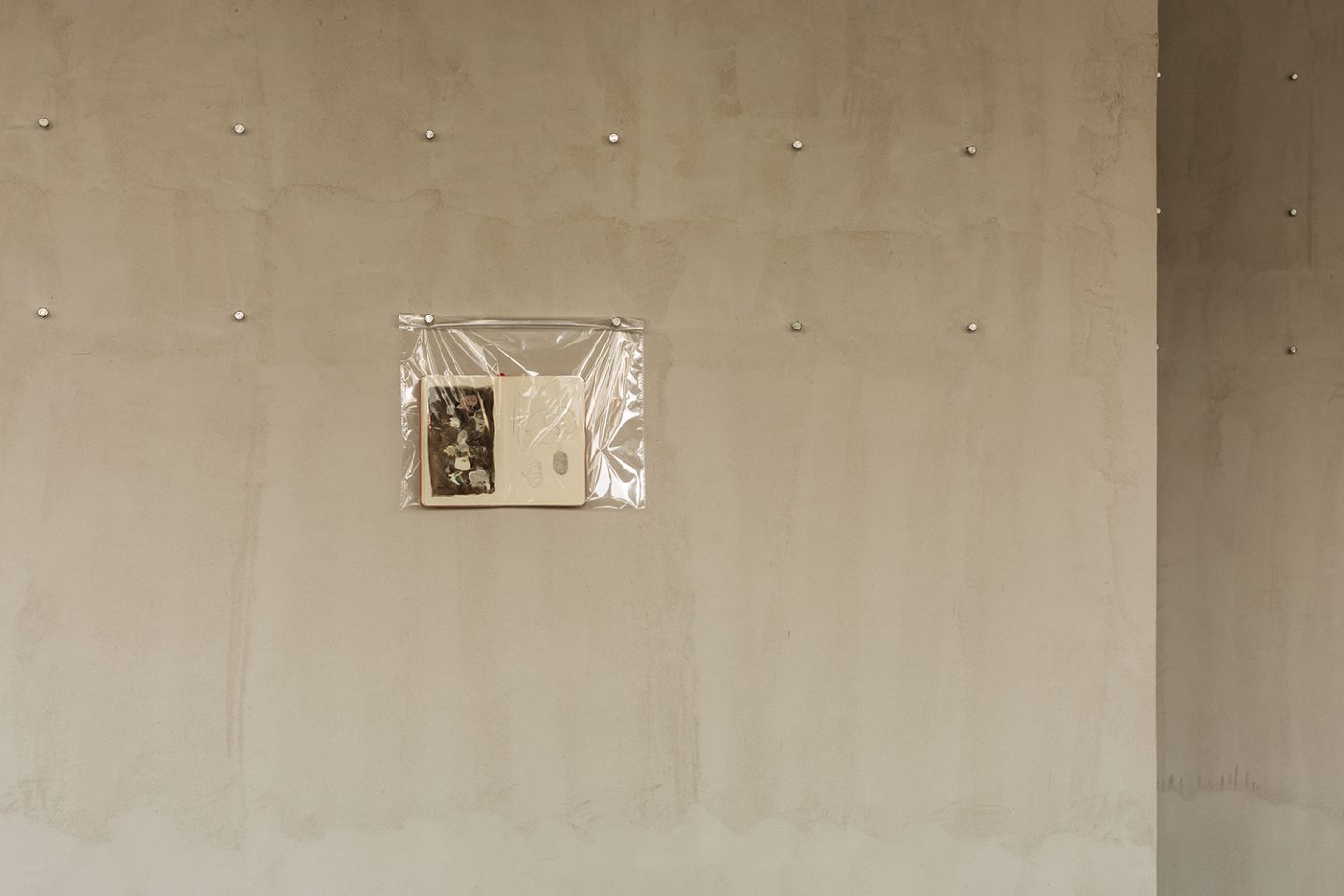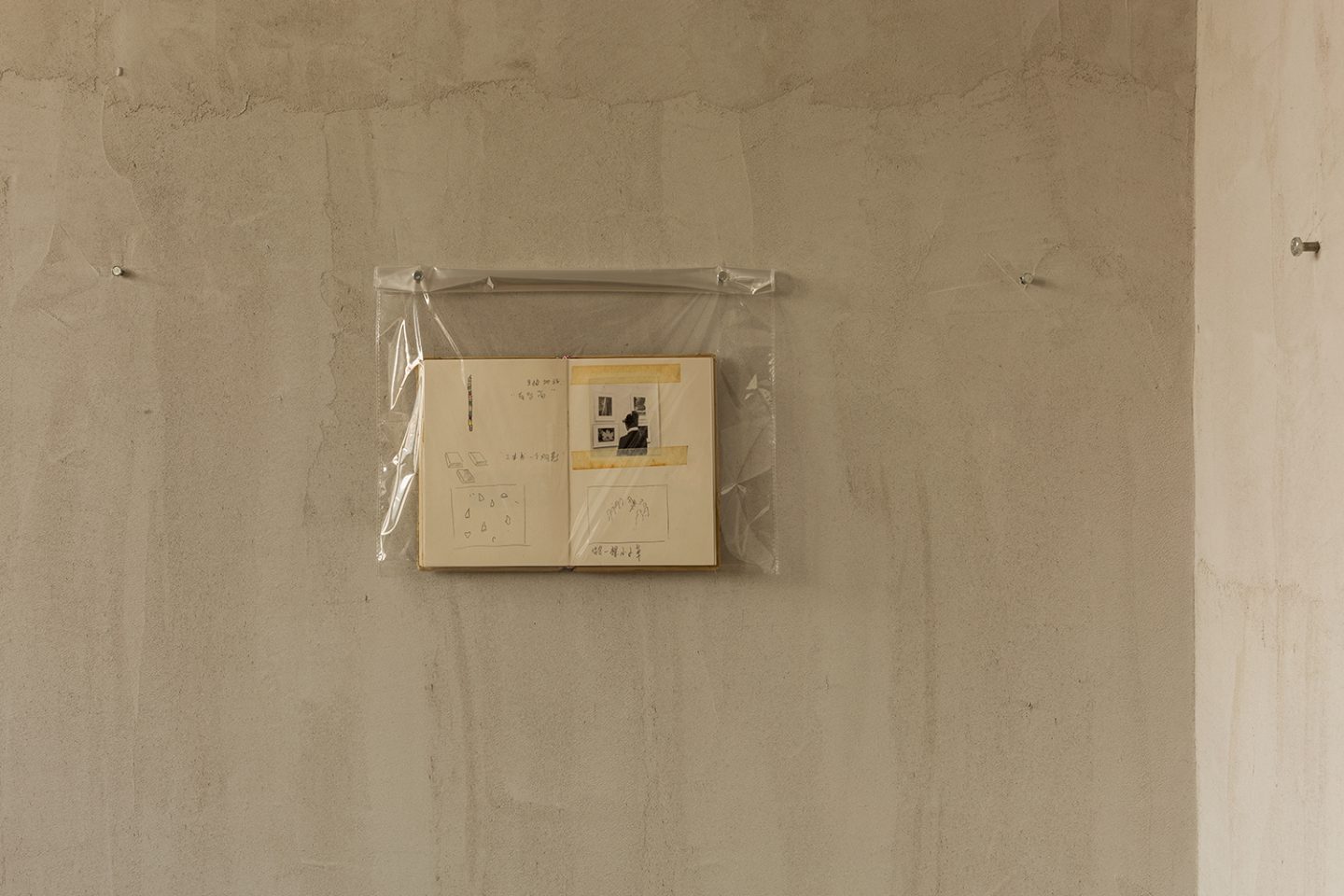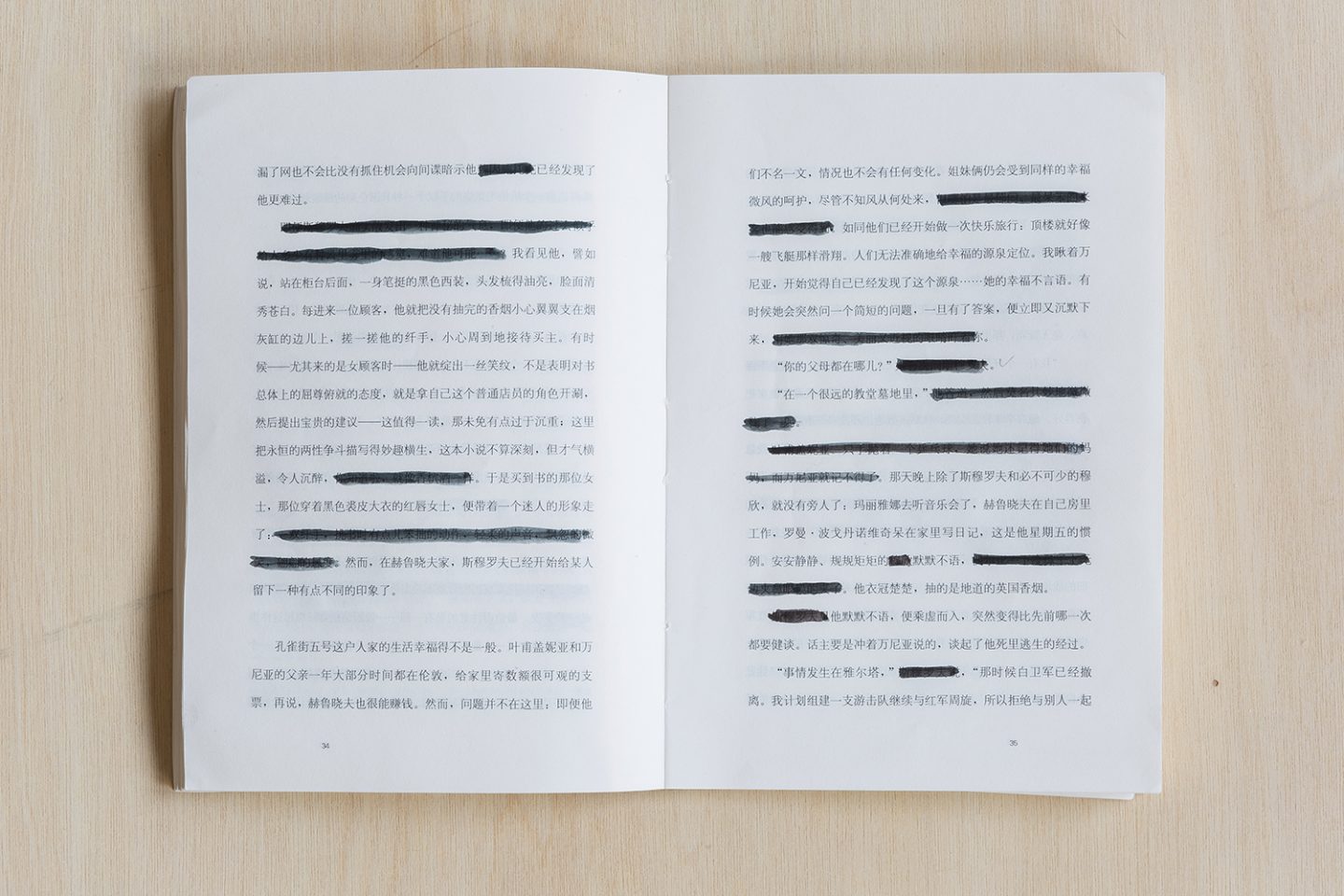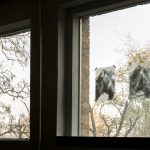
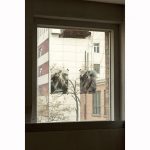
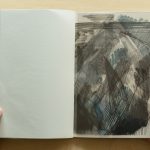
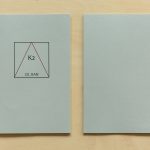
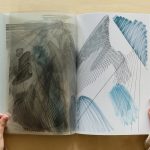
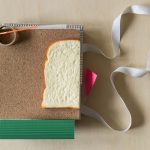

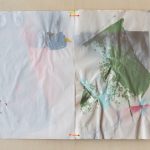

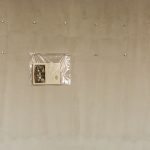
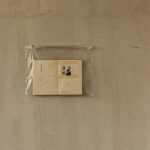
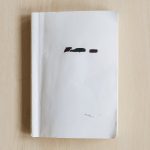
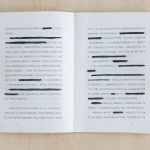
I have long been considering: what is an artist’s book? At this moment, seemingly there are many exhibitions similar to the one we are presenting, so why an exhibition of artists’ books now? I gradually come to the idea of “what is not an artist’s book.” Googling “artist’s book,” you will see a large number of books that are very decorative in nature. The book and the pages are all rendered materials. I think, definitely, this is not “artists’ books.” These books are no more “artistic” than say works that are made of a pile of A4 papers; and the connection between these products and the concept of book is merely a forced fantasy. There are also a number of beautifully produced, technically advanced artists’ publications: these are merely presentations and records of artists’ works. Included in publications as such are brilliant designers’ and senior editors’ large amount of output, but the publications themselves are more for promotional and commercial purposes, so we cannot properly call these “artists’ books” neither. I think an artist’s book is a certain artist’s unique understanding and acknowledgement of the concept and form of book, and the artist has to be heavily involved in the making of it. Book is an important medium, that gives form to the artist’s philosophy. An artist’s book is a book.
I founded on paper in April 2017. It consists of three parts. #onpaper_save as#deals chiefly with design projects, and has previously worked with artists such as Jiang Zhi, Peng Wei, Hao Liang, Ju Ting, Zhai Liang, Gao Ludi and others, the independent designer brand redesign by moonstop, and logos of mini cine, among many other projects. The exhibition here belongs to the second part, #on paper_untitled#, which is an endeavour to spread the important genre of artist’s book into the experiences of artists and the audience, via exhibitions and other forms. The title of the exhibition, ‘on paper one’, speaks about the fact that it is the first exhibition, and also about the first page of a book. As it goes, I hope more artists could be involved in the future ‘on paper two’. The last part is #on paper_lab#. I call it “an exploration of all possibilities on paper.” We carry out experiments on and of paper, in a lively, open fashion.
Reading a book, a reader creates a temporary fan-shaped space, or a continuum that is marked somehow strangely by absolute separation created by the numerous pages. In this exhibition, there are both commissioned works and existing works evolved around the theme of the book. Ce Jian’s K2, for instance, is a book that can become a picture of many layers. The artist uses transparency to create a new kind of reading – the landscape changes as one reads. Zha Ba’s Journey is effectively a trip in a Morandi’s painting, in which the speed of light is slowed and time stands still. My work Pause is cut into three or five books; the newly created books are not parts of the original one, but control their own frames and logics. Han Lei was previously trained in book design and binding, and he now practises in photography and has been making handmade photobooks for years. We have included in the exhibition one of his works made in 2006, which is an used but empty album, explored in a sociological, documentary way. Gao Ludi’s Friedrich is a reduction of one of the artist’s catalogues published in 2011. The book is still the same; just that all the images are gone. The newly created void becomes the new content that is effectively a ruin.
When I was working on Zhai Liang’s catalogue this Summer, I went through his five or six very thick notebooks. Before creating a painting on canvas, he’d make a large number of studies and writings on paper. It seems to me to be a very sincere act, so much so that maybe he himself is unaware of its significance. This is an unconscious making of an artist’s book.
I think the most important thing about books is the act of reading, flipping through. A book is not a book if it is only a visual concept, something that cannot be physically and tangibly experienced. In the exhibition, you can flip through all the books, besides a small amount of fragile and aged publications. Out of respect for the books, please put on some gloves. We encourage you to experience it, to treat these as different experiences instead of various pieces of information. Staff from zap space will introduce to you the pieces that are not available for touching.
